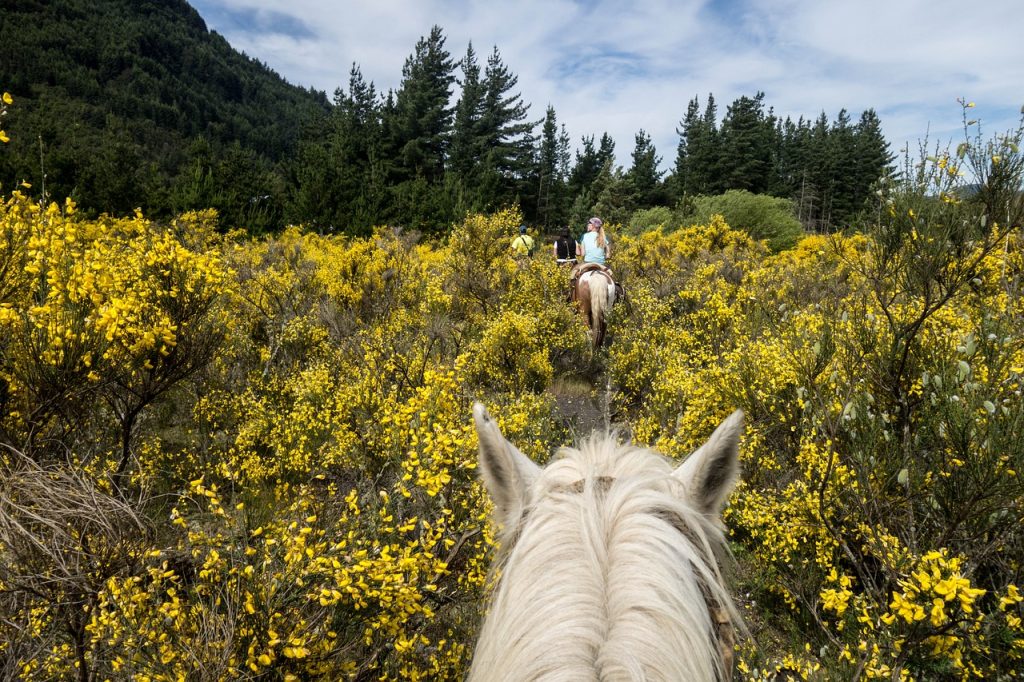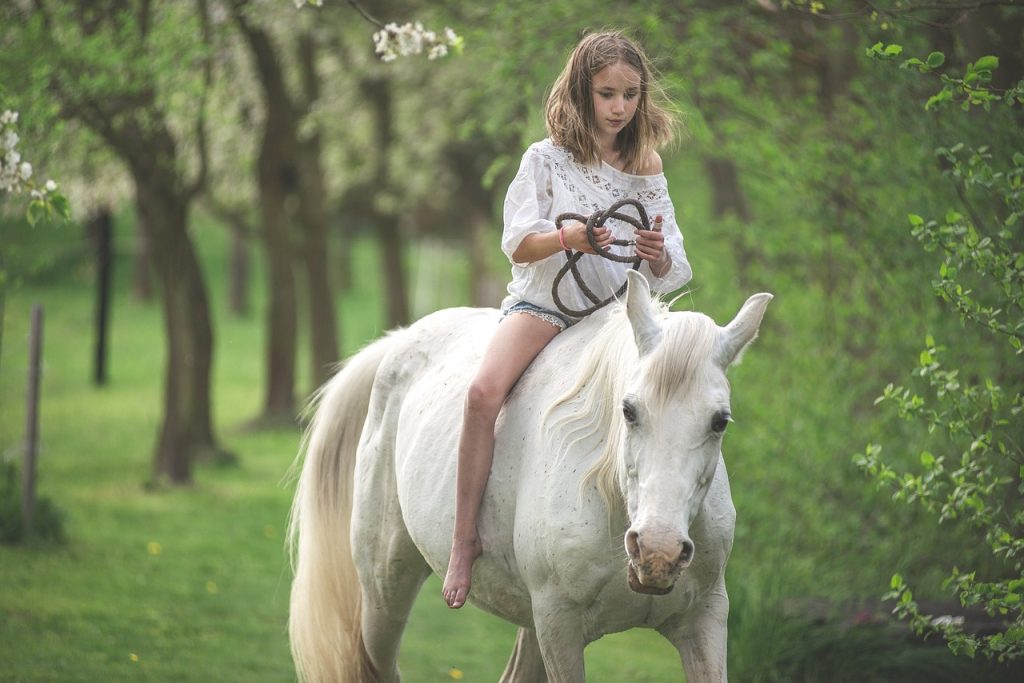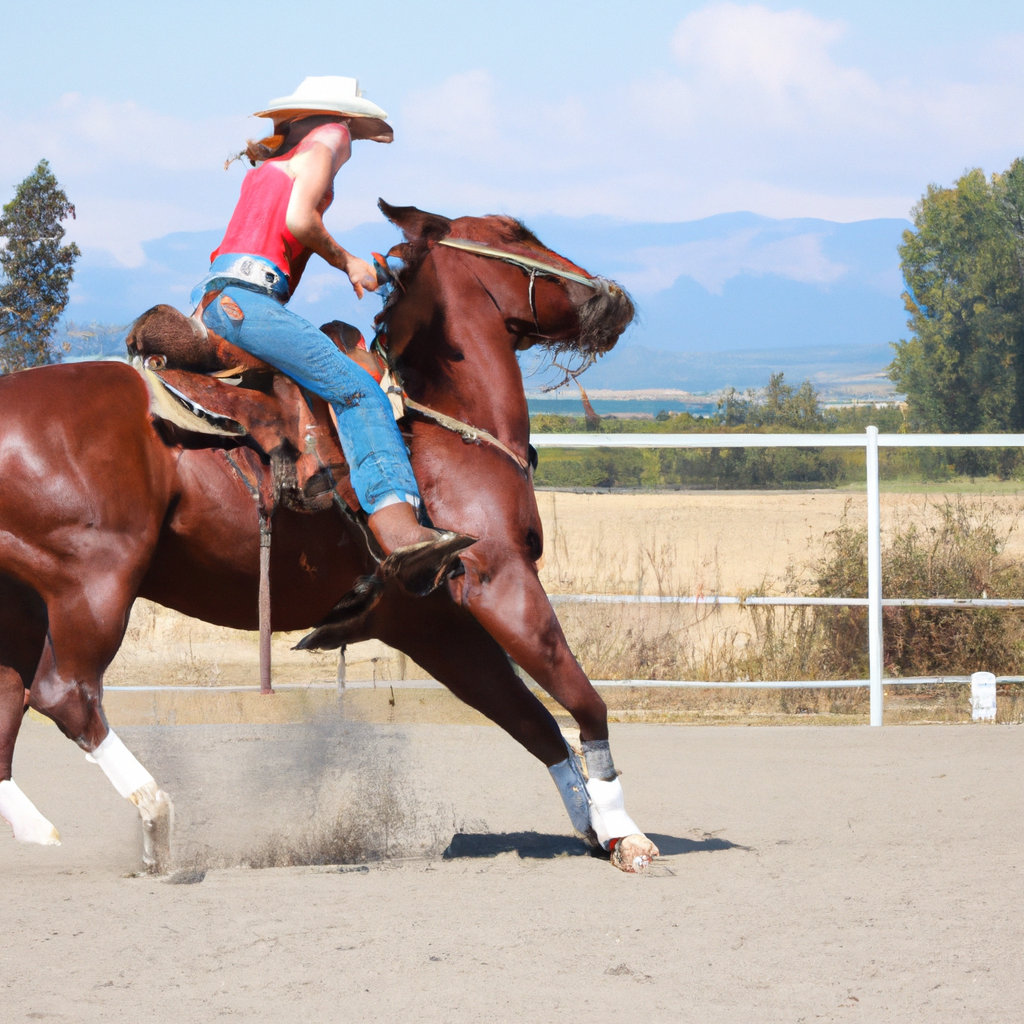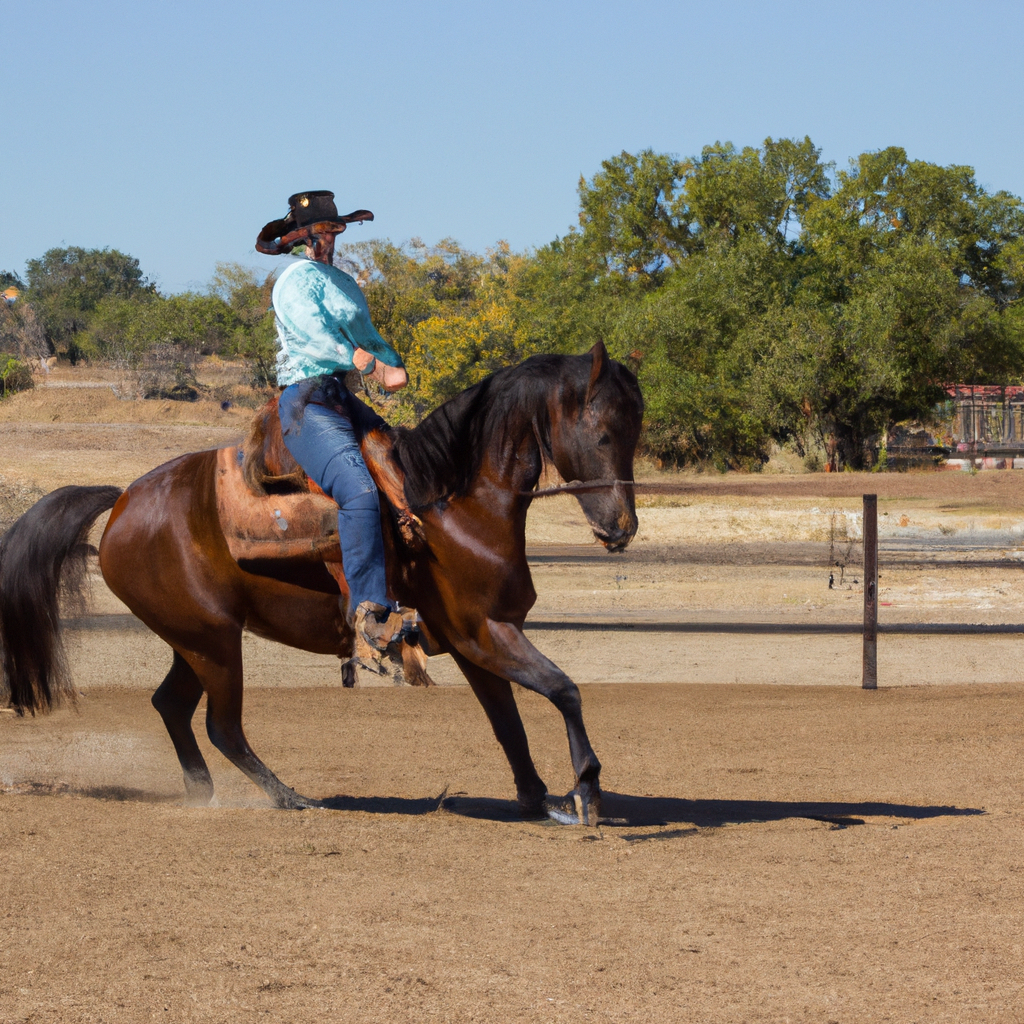Ready to up your equestrian game? In “Mastering Balance: A Comprehensive Guide to Advanced Western Riding”, you’ll find valuable insights and in-depth guidance to help you confidently navigate through your advanced beginner phase. As an advancing beginner, you already understand the importance of balance, and you know that maintaining your center of gravity directly over that of the horse is a pivotal aspect of riding. Whether you’re mastering the walk, trot, or preparing for your first canter, the journey doesn’t have to be as challenging. Immerse yourself in transformative techniques that can refine your talent, ensuring you achieve synchrony with your horse, enhancing your artistry and precision in the captivating world of Western riding.
Understanding the Basics of Western Riding
Western riding is a popular equestrian discipline that’s intriguing, yet fascinating for beginners. It’s pure joy when you gallop through the meadows, feeling the breeze through your hair, and creating a bond with your four-legged friend. But an important question you might have is: what exactly is western riding?
Key Principles of Western Riding
With its roots in cowboy tradition, western riding involves techniques and maneuvers that cattle herders used in the American West. This discipline emphasizes smooth transitions, horse responsiveness, and maintaining a balanced, graceful posture that appears effortlessly natural.
History and Inception of Western Riding
As you might’ve guessed, western riding originated from the Western United States out of cowboy necessity. Gradually, it has evolved into a sport with several distinct disciplines including trail riding, roping, reining, barrel racing, and western pleasure.
Equipment Used in Western Riding
Now comes another essential aspect – the equipment. In western riding, you use a western saddle which is heavier, has a horn in the front, and is designed to spread the weight more evenly over the horse’s back. Other equipment includes a western headstall, a curb bit, split reins, boots, and a cowboy hat with a protective riding helmet underneath.
Essential Riding Skills for the Advanced Western Rider
Now that you’ve got the basics, it’s time to discuss some of the advanced riding skills that are important for you to master.
Mastering Independent Walk and Trot
As an advanced rider, you should be able to walk and trot independently. This means you’re comfortable controlling the horse without assistance, while following the shapes of the ring and maintaining a rhythmic pace.
Maintaining Rhythm in the Ring
Maintaining rhythm in the ring is all about consistent speed and stride length. It’s essential for your horse’s balance and to create a harmonious flow in your ride.
Comfort and Position at Halt, Walk, and Trot
It’s crucial to understand the correct position and maintain comfort at every gait – halt, walk, and trot. Your posture influences your horse’s responsiveness and the overall grace of the ride.
Transitioning to Canter
Are you ready to canter? Remember, it’s more about finesse than speed. Starting from a balanced trot, you should be able to execute a smooth transition into a canter without losing your rhythm.

This image is property of pixabay.com.
Importance of Balance in Western Riding
Balance in horseback riding is a skill as vital as it is in life. Let’s learn more about it.
Role of Balance in Horseback Riding
As a rider, your balance isn’t just important for staying on the horse; it also helps you to communicate effectively with your equine friend.
Achieving and Maintaining Balance
To achieve and maintain balance, keep your body mass centered over the horse. This implies you neither lean forward nor back and keep a straight line from your ear, shoulder, hip, to heel.
Understanding the Center of Gravity
The center of gravity refers to the point around which your body weight is evenly dispersed. Your goal is to align it directly above the horse’s center of gravity to keep the balance.
Common Balance Problems and Their Solutions
Balance problems can result from incorrect postures or lack of core strength. A consistent training program and professional guidance can effectively address such issues.
Enhancing Your Western Riding Skills
Developing advanced skills requires more than just learning the basics. It’s about building a deep connection with your horse, practicing consistently, and interpreting the horse’s signals.
Role of Regular Practice
Regular practice is the key to mastery. It strengthens your bond with your horse and helps you polish your riding skills.
Incorporating Ridden Exercises and Ground Work
Ridden exercises and groundwork are essential to keep your horse fit, responsive, and to develop that effortless grace in your movements.
Understanding and Interpreting Horse Body Language and Signals
Understanding your horse’s body language offers insights into its emotions and readiness. Likewise, correctly signaling your horse enhances communication and responsiveness.
Building a Connection with Your Horse
A well-developed bond with your horse enhances trust, respect, and cooperation, leading to an overall superior riding experience.

This image is property of pixabay.com.
Advanced Western Riding Techniques
Mastering advanced techniques is what sets apart an accomplished western rider. These techniques add finesse to your riding and are crucial for competition success.
Learning Two-Point Riding
This technique, mainly used during galloping or jumping, requires you to lift your body off the saddle, balancing on your knees and stirrups.
Executing The Western Pivot
The western pivot is a flashy maneuver where the horse spins around, pivoting on the inside hind leg.
Performing Flying Lead Changes
A flying change is where the horse, at the rider’s command, changes the leading leg in the canter without breaking stride.
Advanced Roping Techniques
Roping, a core skill for any cowboy, involves mastering techniques to throw a lariat for cattle catching – an important aspect in many western riding competitions.
Understanding Western Riding Disciplines
Each western riding discipline demands a unique set of skills, let’s break it down.
Detailing Different Western Riding Disciplines
From roping to reining, western pleasure to barrel racing – each discipline offers a unique blend of techniques and maneuvers, making western riding incredibly versatile.
Requirements and Skills Needed for Each Discipline
Each discipline requires specific skills like quick pivots in reining or mastering the lasso in roping. Depending on your preferred discipline, you may need to hone different skills or learn new ones.
How to Choose the Right Discipline for You and Your Horse
Choosing the right discipline depends on several factors including your riding skills, the breed and temperament of your horse, and your personal preferences.

This image is property of pixabay.com.
Physical Fitness for Western Riding
Top-notch riding skills are incredibly valuable, but without physical fitness, mastering western riding can be challenging.
Importance of Physical Fitness for Western Riding
Physical fitness influences your stamina, flexibility, and strength on the horse, making it a vital aspect of western riding.
Recommended Exercises for Riders
Regular exercises that target your core, improve your flexibility, and enhance strength are recommended for every rider.
The Role of Flexibility and Strength in Riding
Having both flexible and strong muscles allows you to maintain balance, communicate effectively with your horse, and improve overall riding performance.
How to Maintain Your Fitness Levels
A balanced diet, regular exercise, and adequate rest are key to maintaining your fitness levels- indispensable for becoming a proficient rider.
Caring for Your Western Riding Horse
Your horse’s well-being plays a significant role in your riding experience and success.
Understanding the Needs of a Western Horse
Western horses need regular exercise, a healthy diet, and proper medical care to perform their best.
Routine Check-ups and Medical Care
Regular vet checks are necessary to ensure the health and well-being of your horse.
Balanced Diet and Exercise Regimen
Your horse’s diet and exercise regimen should be balanced and suitable for its size, breed, age, and work intensity.
Common Health Problems in Western Horses and Their Solutions
Understanding common health issues and their solutions keeps your horse healthy and avoids unexpected surprises.

Participating in Western Riding Competitions
Competitions can be a thrilling experience. Let’s explore more about them.
Understanding the Rules and Guidelines of Competition
Knowing competition rules ensures you are well-prepared and avoid penalties.
Preparing for a Competition
Effective preparation involves consistent training, a well-crafted strategy, and taking care of your horse’s health and fitness.
Strategies for Competition Day Success
On the big day, stick to your strategies, adapt to circumstances, and remember to enjoy the experience.
Dealing with Post-Competition Care for Your Horse
After the competition, your horse requires adequate rest, nutritious food, and possibly medical checkups to recover and regain strength.
Safety Measures in Western Riding
Western riding is a thrilling sport but without adequate safety measures, it can be risky.
Recognizing and Minimizing Risks in Western Riding
Identifying potential risks and taking measures to minimize them can make your western riding experience safer and more enjoyable.
Correct Use of Safety Gear
Appropriate safety gear – helmet, boots, protective vest – should be correctly fitted and used to prevent injuries.
Emergency Procedures and First-Aid for Horse and Rider
Knowing what to do in case of unexpected accidents can make all the difference.
Importance of Regular Safety Training
By incorporating safety training into your routine, you ensure a safe environment for you and your horse.
There you have it; your comprehensive guide to advanced western riding. Remember, practice makes perfect, and the bond with your horse is invaluable. Enjoy the ride and good luck on your western riding journey!

